Have you ever daydreamed about waking up to the perfect weather in Montana, feeling a gentle breeze as the sun warms your skin? We all have our idea of what the ‘best weather’ entails, but what part of Montana has the best weather? If you’re curious like I was, you’re in for an enlightening journey.
Deftly skirting between the realm of too hot and too cold, Montana — the Big Sky Country — vies to grant its inhabitants the most optimal weather. I, too, ventured to uncover the most suitable location in this expansive state, listening to wise locals, consulting weather experts, and of course, experiencing Montana’s diverse climes firsthand.
We’ll venture through Montana’s weather cosmopolitanism, exploring the cool, refreshing breezes of Billings, the arid yet inviting temperatures of Miles City, and the moderate, sunny days that grace through Polson.
- Related article: Montana Climate
A guide to determine the best weather spot for you in Montana? Adventure beckons you further — find the corner of Montana that perfectly suits your climate desires!
Key Takeaways on Places in Montana With the Best Weather
- Billings and Thompson Falls are Montana’s primary warm-weather havens. Enjoying mild winters and consistently warm summer days, these cities offer a comfortable escape for those seeking a toastier climate in Montana.
- Billings hailed as the second warmest city in Montana, offers a blend of urban convenience and warmer nights, making it an unexpected delight.
- Hardin and Laurel add to the state’s warmth spectrum. Hardin, with its semi-arid climate, caters to those fond of warmer nights and reduced snowfall, while Laurel, at a slightly lower temperature, still resonates with Montana’s small-town appeal.
- Big Timber, Forsyth, and Libby fast facts include Big Timber’s consistent ranking as the fifth-warmest city in Montana, Forsyth’s climate contrasts, and Libby’s unexpected spring warmth, offering diverse options for those seeking milder weather.
- From rich historical significance in Fort Benton to the Western charm of Big Timber, warmer Montana cities offer more than just comfortable weather.
- Ranging from bustling urban centers to intimate small towns and everything in between, Montana’s warmest cities offer diverse settings to escape the harsher climates.
Warmest Places in Montana
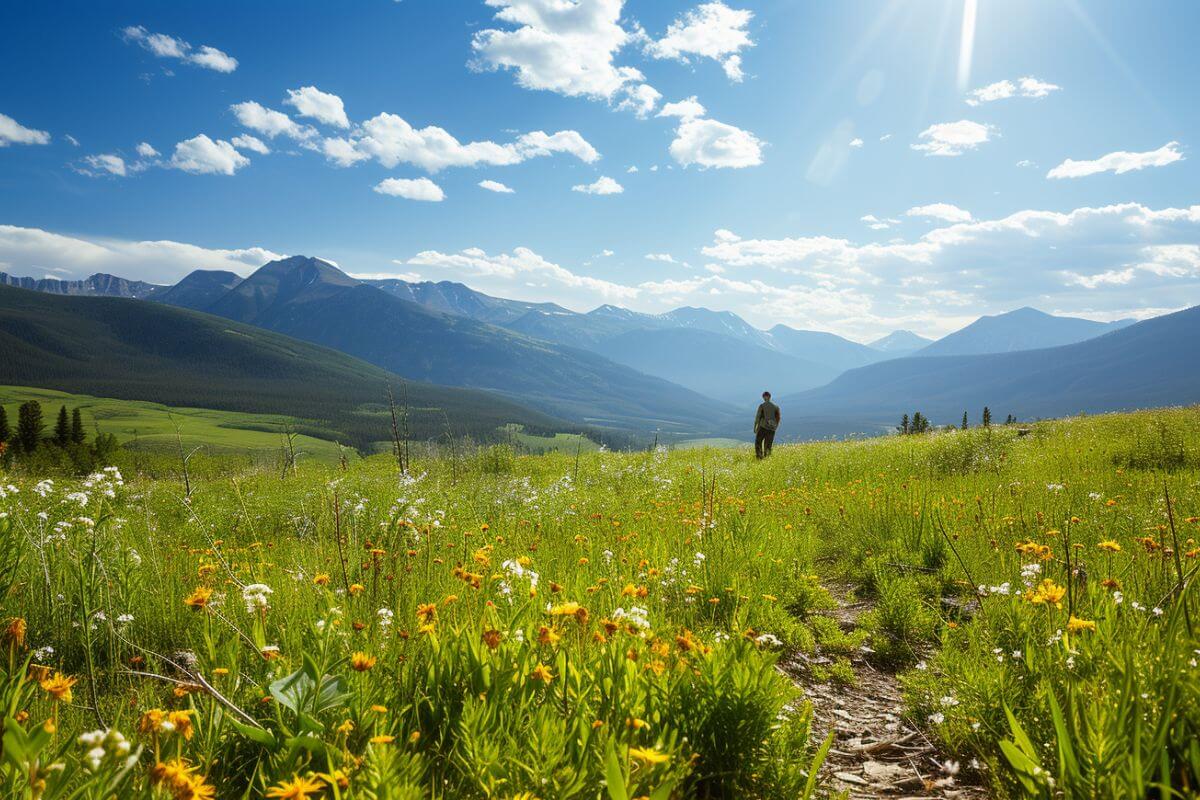
Perfect for those who prefer warmer climates but still want to savor Montana’s allure, there are a few destinations that have been blessed with milder temperatures.
While summer days can sometimes make these places a true oasis, the locals’ hospitality and the scenic beauty ensure your visit is always memorable, irrespective of the thermometer.
1. Thompson Falls
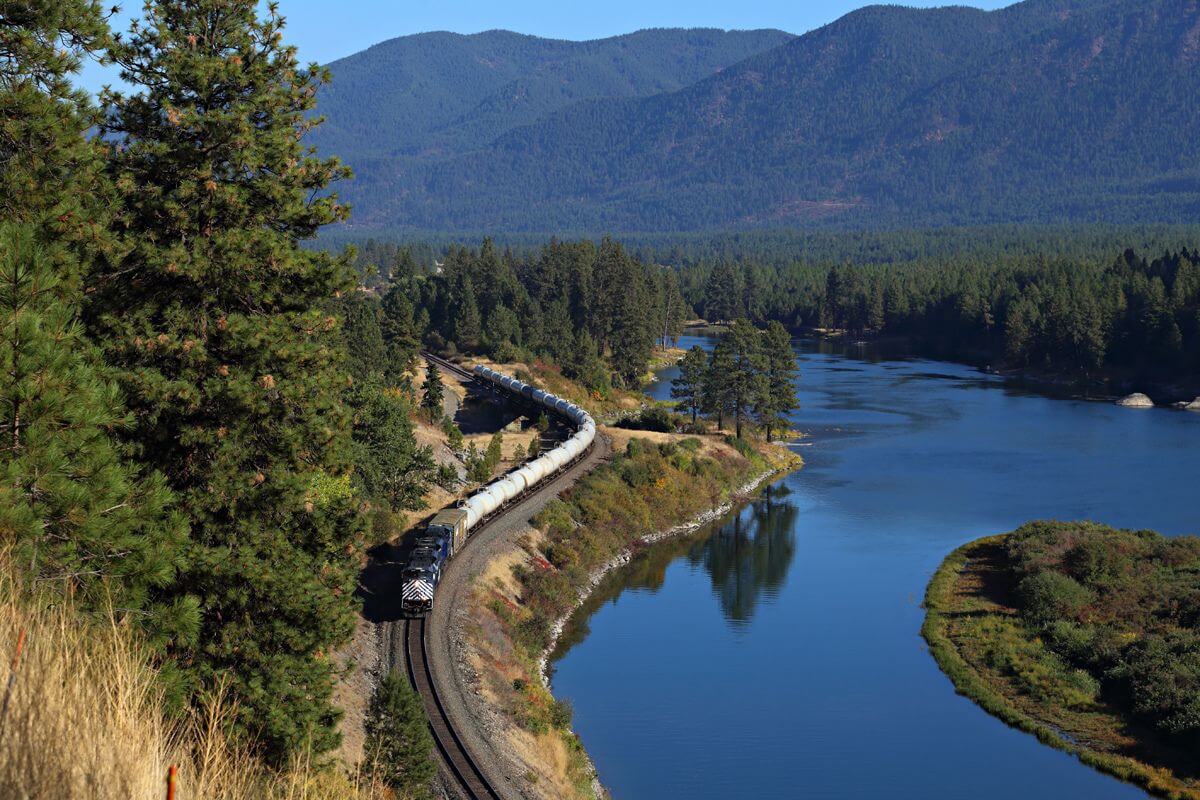
I have discovered that Thompson Falls, Montana boasts a daily mean temperature of 48.35 °F (9.08 °C), making it the warmest city in the state according to NOAA’s weather data.
The average summer temperatures in Thompson Falls range from highs of 78-88 °F (25.56-31.11 °C) and lows of 47-51 °F (8.33-10.56 °C), while the winter temperatures typically see daytime highs of 35-42 °F (1.67-5.56 °C) and nighttime lows of 21-25 °F (-6.11 to -3.89 °C).
Interestingly, although some Montana cities may experience slightly warmer winter days in December and January, Thompson Falls maintains higher nighttime temperatures overall.
This unique weather pattern solidifies its reputation as the warmest town in Montana, with residents and visitors enjoying milder temperatures across the seasons.
2. Billings
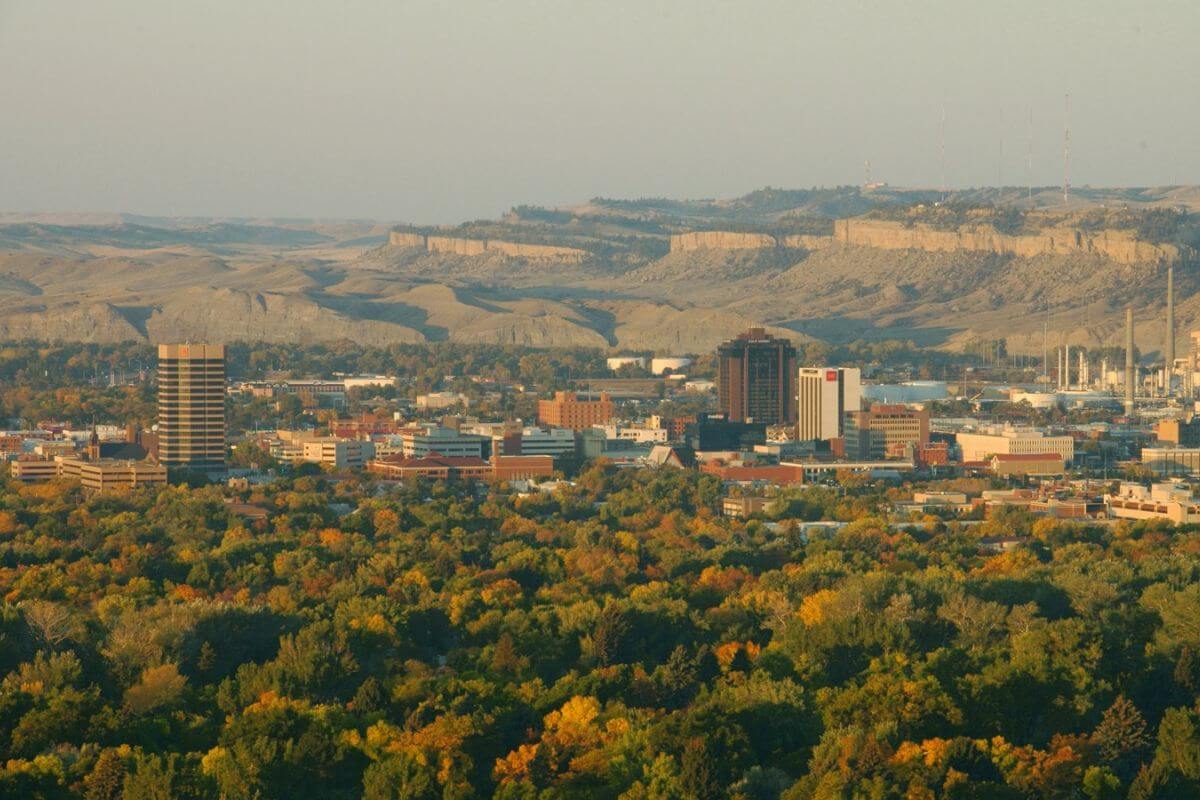
When it comes to favorable weather in Montana, Billings is a top choice with a daily mean temperature of 48.2 °F (9.0 °C), making it the second warmest city in the state.
Although its average annual highs may be lower compared to some other cities, Billings stands out with warmer nighttime temperatures, especially noticeable in the summer. In fact, during the summer months, Billings has noticeably warmer nights ranging from 52-59 °F (11-15 °C).
Interestingly, when comparing Montana’s winter temperatures, Billings and Thompson Falls share similar daytime heat, but there’s a distinct difference in evening and nighttime temperatures during the summer. For those seeking a big city with favorable weather, Billings is a primary option.
However, for a slightly cooler alternative, Missoula is the second-best choice with an annual daily mean temperature of 45.95 °F (7.75 °C). So, if you’re looking for mild temperatures and great weather, Billings is a contender.
3. Hardin
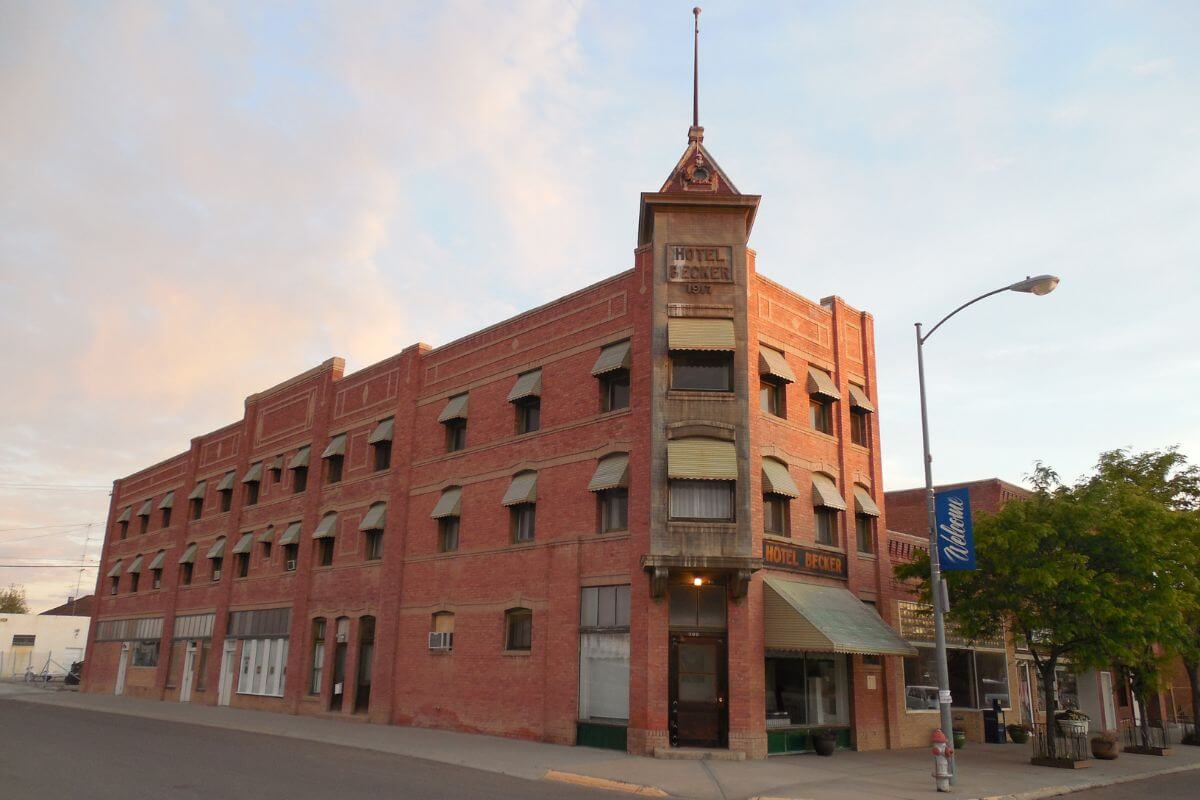
I can’t help but be intrigued by the climate differences between Hardin and its neighboring city, Billings. Hardin boasts a daily mean temperature of 47.75 °F (8.75 °C), making it the third warmest city in Montana, situated a mere 46 miles (74 km) east of Billings.
The climate disparity is striking, with Billings enjoying a humid continental climate bordering on semi-arid, while Hardin experiences a true cold semi-arid climate. The reduction in snowfall in Hardin is significant, with only half the amount falling compared to Billings.
When you compare climate stats, that’s when things get interesting. So for all you future meteorologists out there, here are some cool (or should I say warm?) comparisons for you:
Hardin vs. Billings Climate Comparison:
| Aspect | Hardin | Billings |
|---|---|---|
| Average High Temperature (Summer) | 90-91 °F (32.2-32.8 °C) | 86-87 °F (30 to 30.6 °C) |
| Nighttime Temperatures (Cold Season) | 11-15 °F (-11.7 to -9.4 °C) | 18-20 °F (-7.8 to -6.7 °C) |
Billings, while not a Siberian tundra by any means, has cooler nights and does see a bit more of the white stuff, especially during the winter months. Hardin, on the other hand, enjoys fewer snow days and higher summer temperatures.
If you’re a winter sports enthusiast or someone who enjoys that picturesque snowfall, Hardin might not check off all your boxes. But if you’re all about that summer lifestyle, with warmer days and star-filled, slightly nippier nights, Hardin is worth a visit.
4. Laurel
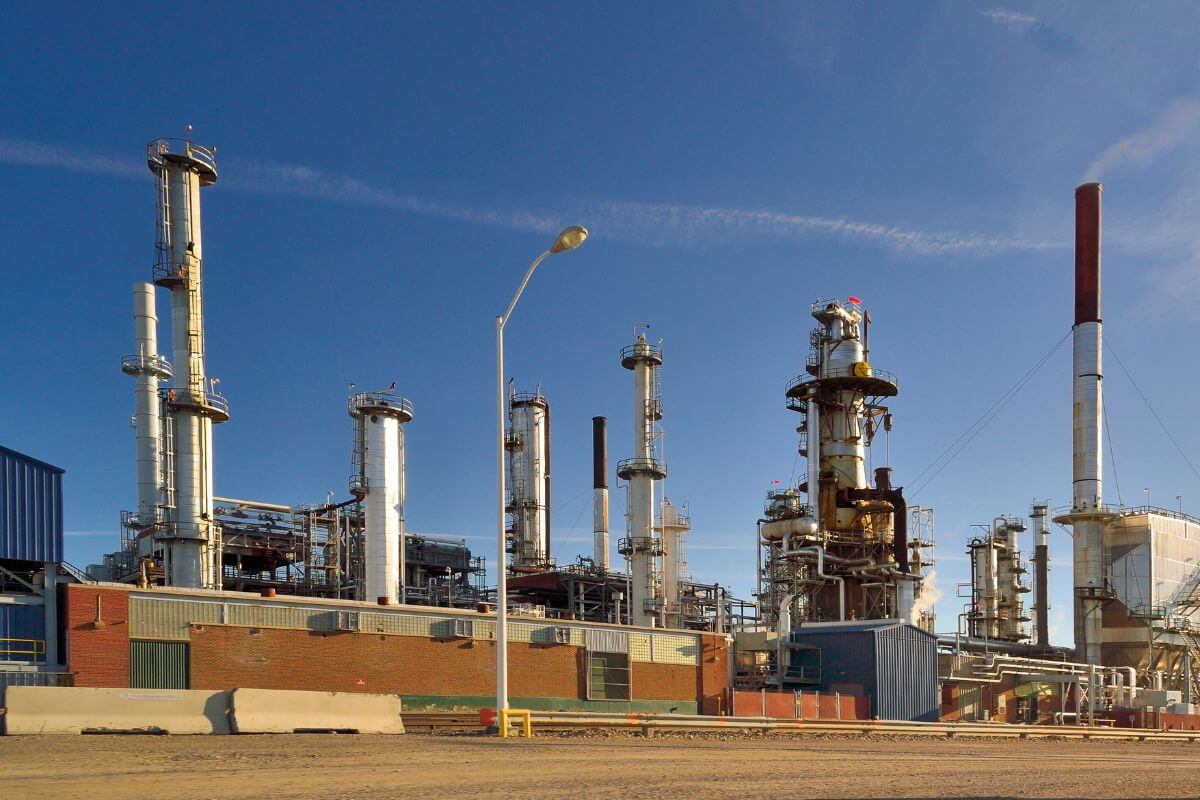
Laurel is like Billings’ kid sister with a personality all her own. But here’s the deal about Laurel, you’re looking at a daily mean temperature of 47.5 °F (8.6 °C). Or in layman’s terms, it’s perpetually keeping things cool.
With a population around the 7,200 mark, Laurel strikes that perfect balance of small-town charm and the convenience of nearby city facilities in Billings, just 18 miles (29 km)away.
I dropped in at Laurel one winter to discover its climate is pretty much a photocopy of Billings, just slightly more nippy, especially after the sun calls it a day. In winter, you’ve got to stow away a cozy coat because the numbers dip a good 2-3 degrees, with nighttime being a tad chilly. In 2022, for example, it saw a maximum temperature of 59.6 °F (15.3 °C) and a chilly minimum of 33.5 °F (0.8 °C).
Rumor has it that people in Billings often make their way to Laurel for a change of scene. There’s a certain allure to this pint-sized yet influential town, particularly if you admire the understated elegance of Montana living.
Laurel might not be the first stop you plan, but trust me, it’s well worth a visit. Whether you’re into history, hiking or just soaking in a solid dose of local culture, Laurel has your number.
5. Big Timber
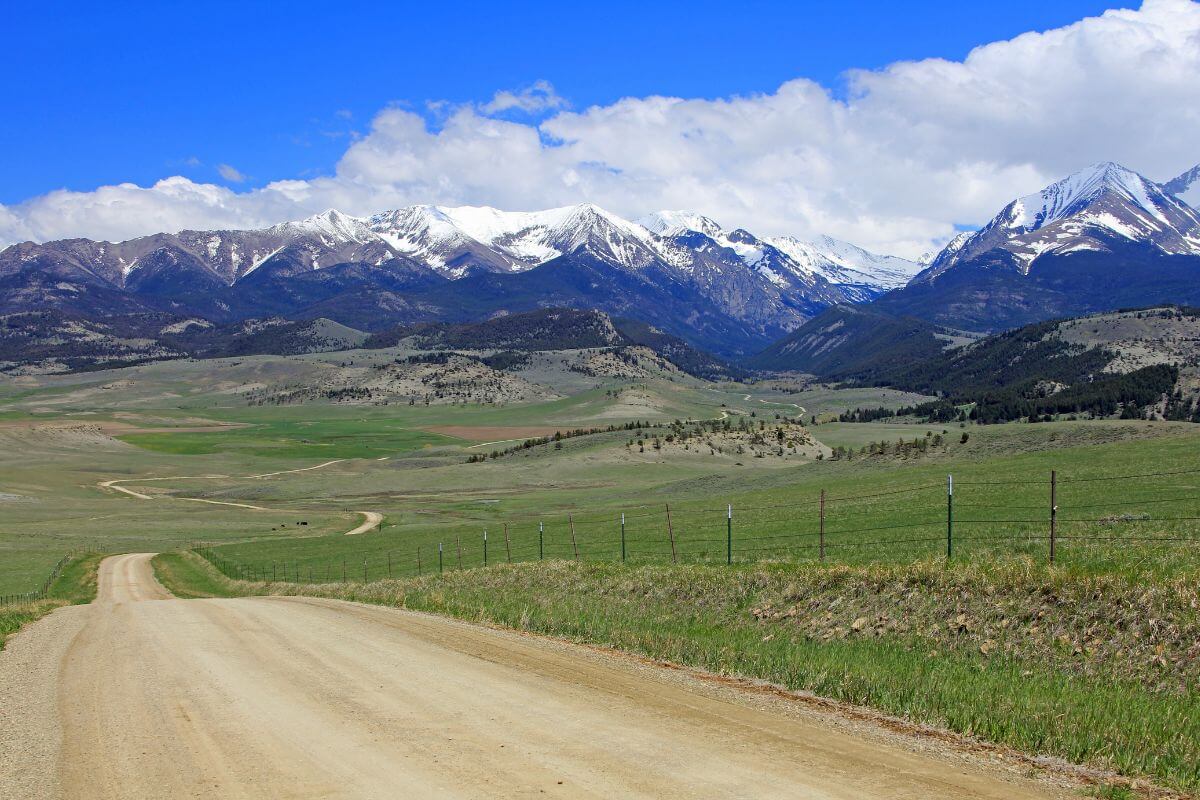
Big Timber is a hidden gem if there ever was one. With its daily mean temperature of 47 °F, it’s like Montana’s little secret tropical island — and you don’t even need sunscreen. Located in South Central Montana, this cozy spot of paradise has a population of 1,650, just the right mix of friendly and intimate.
Now, get ready for a nugget of trivia: Big Timber’s thermometer consistently reads among the highest in the state. It’s often dubbed the fifth warmest city in Montana.
Big Timber isn’t just basking in its warmth — it’s also the closest town to the Yellowstone. Yes, the actual one. That’s right; you’ll find Big Timber approximately 148 miles (238 km) northeast of West Yellowstone, the gateway to the iconic Yellowstone National Park.
While it shivers in a subarctic climate and holds the title for the coldest town in Montana, Big Timber enjoys one of the state’s mildest climates, with an average annual temperature of a whopping 12 °F higher. And let’s talk about those winters – daily highs ranging from 37-40 °F (2.8-4.4 °C) and lows hovering between 19-20 °F (-7.2 to -6.7 °C), considered mild by Montana standards.
Maybe you’re eyeing Big Timber as more than just a winter escape. Well, good news: the town boasts a delightful Western charm. It’s a place where you can let the hustle and bustle of the bigger cities evaporate into thin Rocky Mountain air.
And with quick access to the jaw-dropping natural beauty of Yellowstone National Park, Big Timber proves that sometimes, the best things do come in (slightly) warmer packages.
6. Forsyth
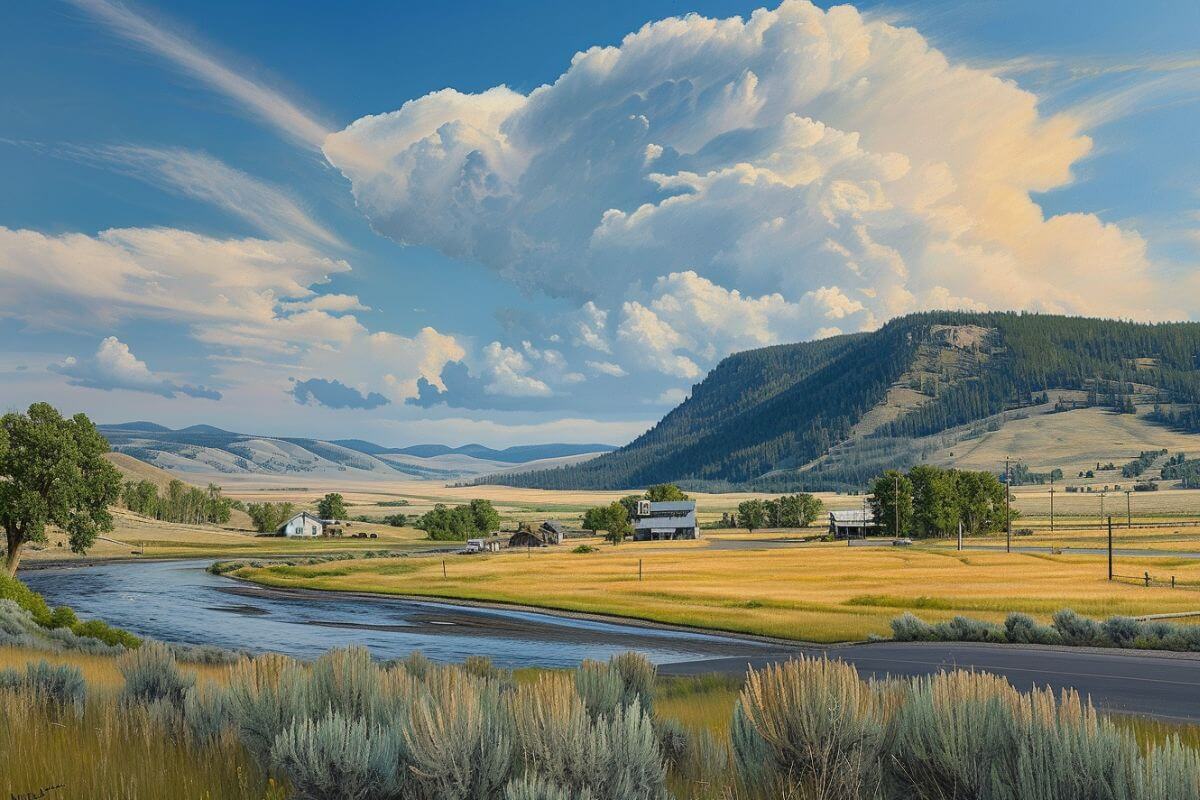
Forsyth, a quaint town of roughly 1,600 people, is nestled about 100 miles (161 km) northeast of Billings. It’s worth noting that the town boasts a daily mean temperature of 46.7 °F (8.2 °C), making it a bit on the chilly side.
With a cold semi-arid climate, Forsyth experiences winters that are notably colder than its neighboring city of Billings, while the summers tend to be slightly hotter.
Interestingly, Forsyth shares a similarity with Hardin in that it receives much less snow compared to Billings. During a recent assessment, Forsyth recorded a maximum temperature of 58 °F (14.4 °C), along with a minimum temperature of 32.8 °F (0.4 °C).
If you’re seeking a place with milder temperatures and less snowfall, Forsyth might just be the destination for you.
7. Fort Benton
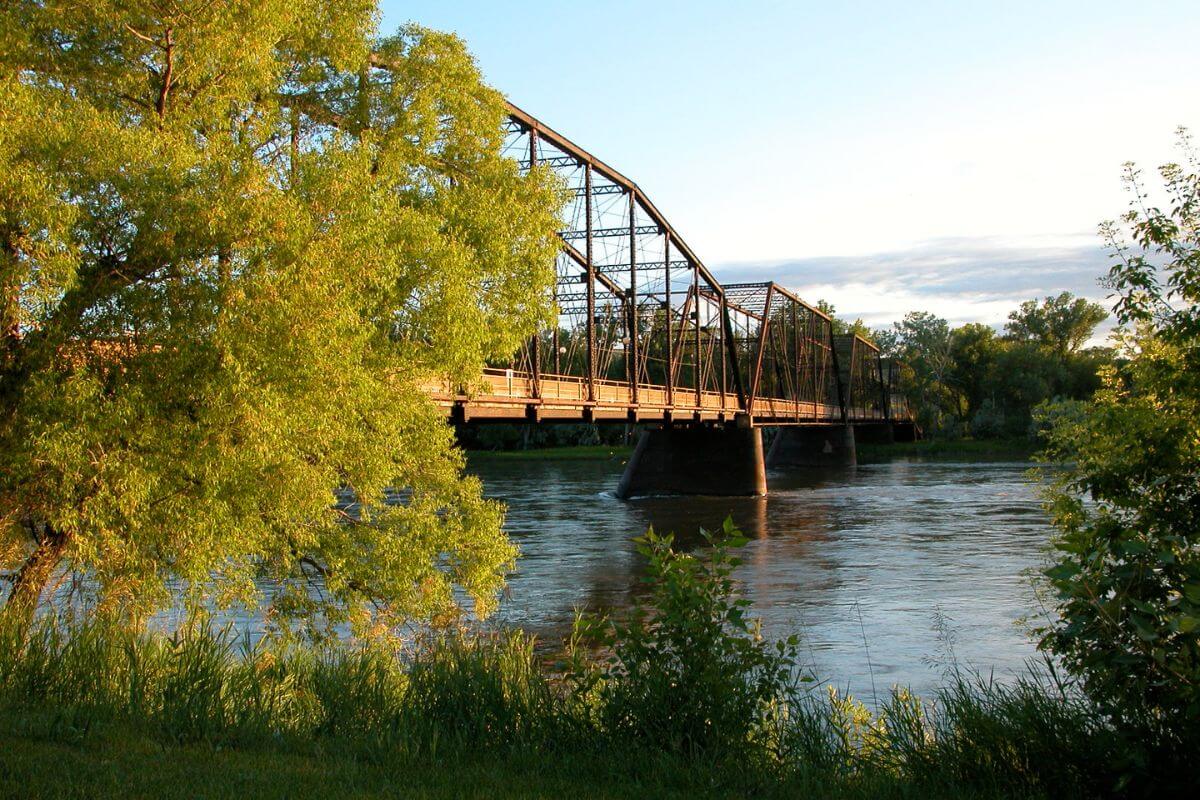
Fort Benton, Montana, may be unassumingly small with only 1,500 residents, but it has a big heart. Situated on the banks of the Missouri River in North-Central Montana, this little town radiates warmth even when the 10 °F (-12.2 °C) winter chills hit its lowest.
There’s a lot more to Fort Benton than just the weather. It was an essential point in the Lewis and Clark expedition and was a crucial hub in the 19th-century fur trade. Plus, the Missouri River offers up some wonderful outdoor activities like fishing and boating – a perfect blend of culture and nature.
So, why should the 46.7 °F (8.2 °C) daily mean temperature be more than just a figure on a weather app? Because it tells you that this heartwarming town is just as cozy in the winter as it is in summer.
As an essential junction in the Lewis and Clark expedition and a key player in the fur trading of yesteryears, Fort Benton offers a riveting trip back in time. Just remember to pack your thermals if you’re visiting in January!
With its rich history, community charm, and unbeatable winter coziness, Fort Benton is the kind of place where a low of 10 °F (-12.2 °C) in January is more a testament to its character than a reason to stay indoors. Don’t miss out on Montana’s wintery tale by the Missouri River.
8. Libby
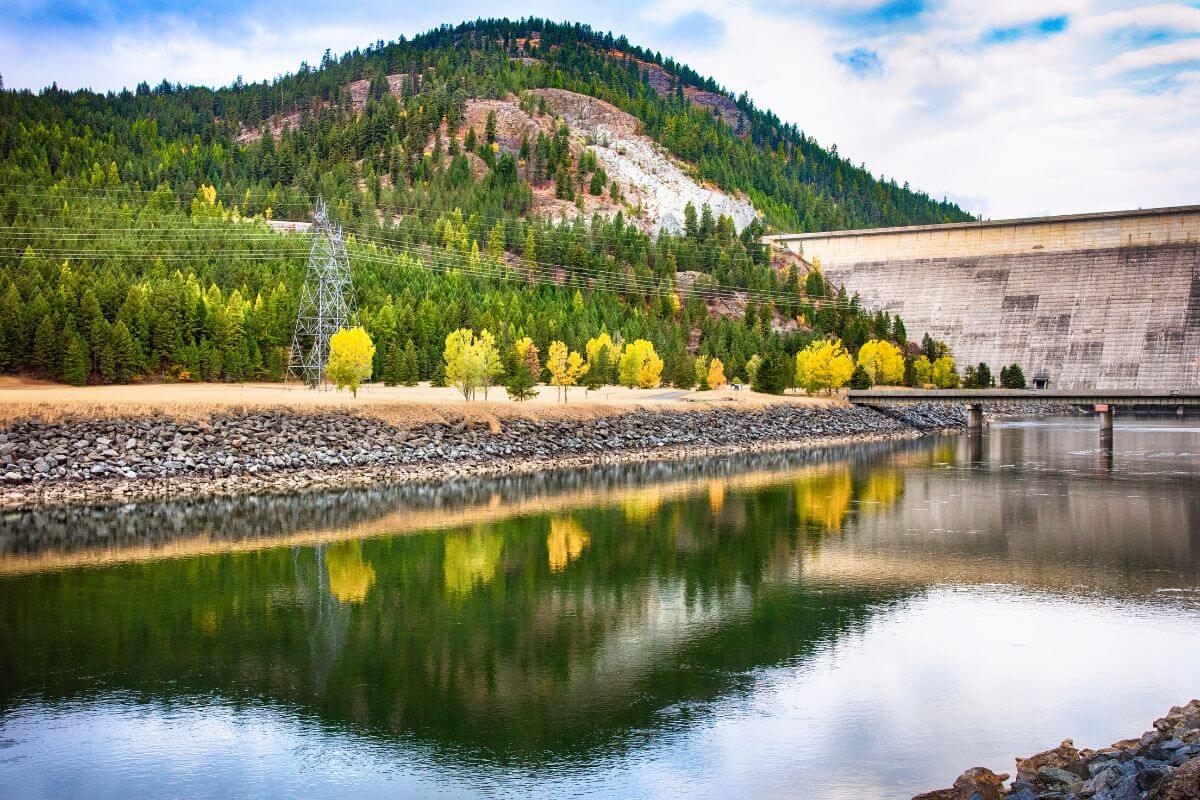
Libby, a town nestled in the stunning landscape of Northwestern Montana, is home to approximately 2,800 residents.
Positioned between the Cabinet Mountains to the south and the Purcell Mountains to the north, it’s a place where nature’s beauty knows no bounds. Located near the Kootenai National Forest and just 30 miles east of the Idaho border and its panhandle, this charming town offers a rich tapestry of outdoor adventures.
Libby features a continental climate, marked by a daily mean temperature of 46.65 °F (8.14 °C). Its distinct advantage includes warmer springs, setting it apart from most cities in the top ten. This unique weather pattern enhances the area’s charm, making it ideal for those looking for an offbeat experience.
Whether you love hiking, have a passion for nature, or just enjoy the outdoors, the scenic environment and welcoming climate of Libby are bound to enchant your senses and create memorable experiences.
9. Roundup
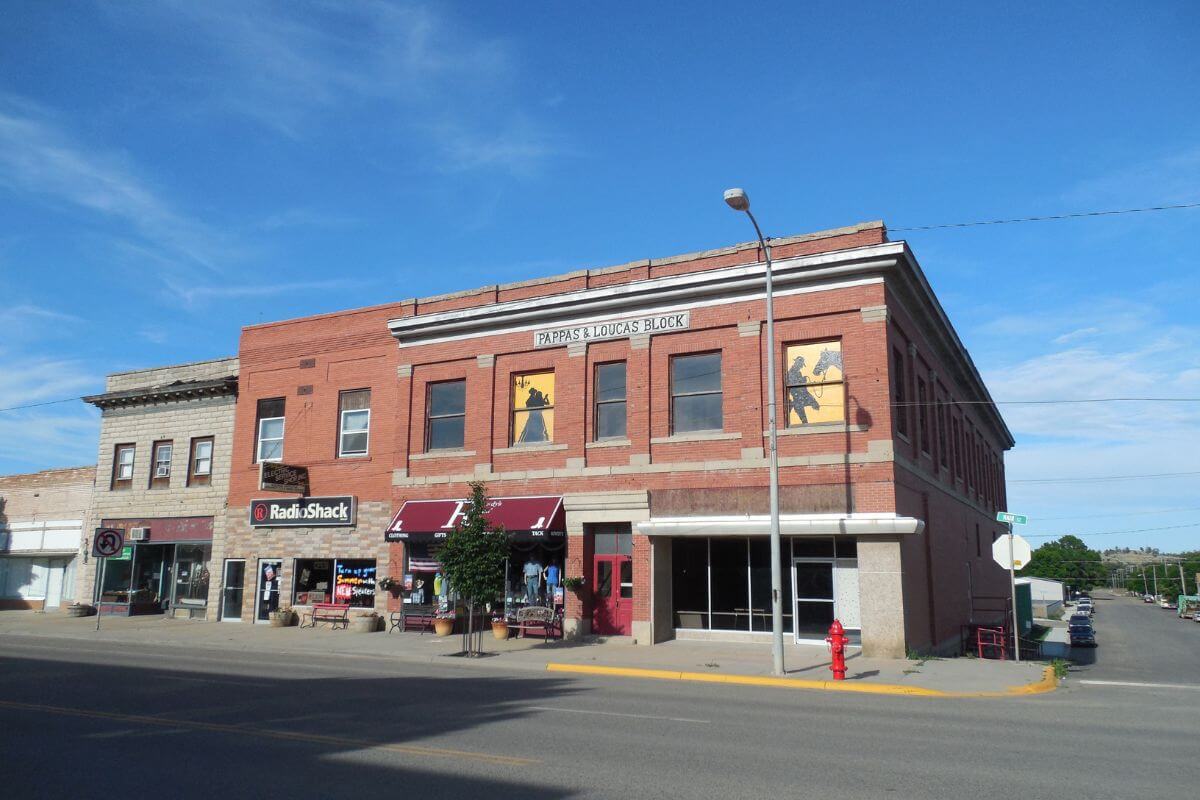
I recently visited Roundup, a charming small town with a daily mean temperature of 46.5 °F (8.06 °C). Located about 50 miles (80.4 km) north of Billings, Roundup is home to approximately 1,700 residents.
During the winter, the daytime temperatures in Roundup are similar to those in Big Timber, but the nights tend to be colder. In the summer, Roundup experiences a semi-arid climate, resulting in daily highs that are approximately two degrees higher than in most cities in the ranking.
Despite the warm daytime temperatures, the town has cool nights, with temperatures dropping to 48-53 °F (8.89-11.67 °C). The unique climate of Roundup makes it an interesting destination for travelers looking to experience a mix of cool nights and semi-arid summer days.
10. Polson
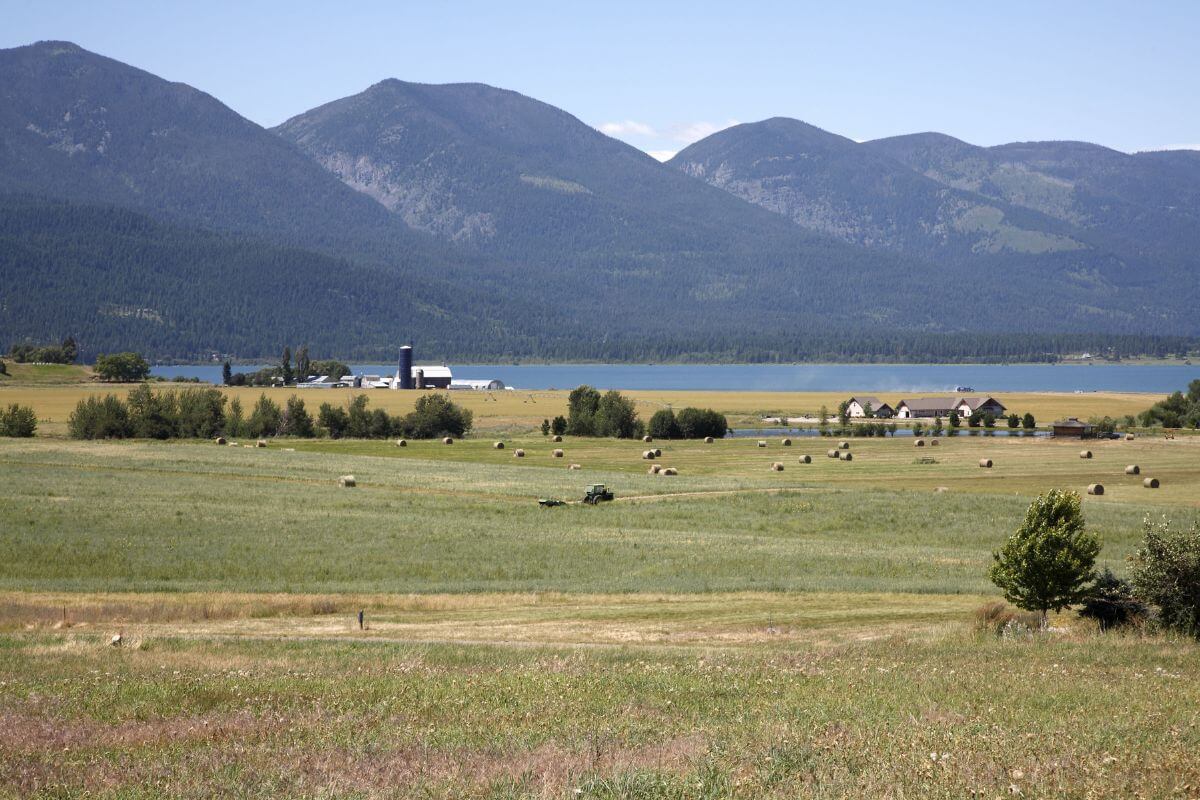
Polson, where you can find the “Crown of the Continent,” is like that cool friend – literally, with a daily mean temperature of 46.45 °F (8.03 °C). Located in the northwest quadrant of the vast Montana wilderness and hosting a modest population of roughly 5,000, this city sits on the banks of the stunning Flathead Lake.
Flathead Lake, the largest natural freshwater lake in the western U.S., shares its cool embrace with Polson, resulting in some pretty moderate climate perks.
Winters are milder compared to other parts of Montana, and summers? They’re cooler without losing that delightful zest that’s quintessentially Montana. Here you can expect your average summer high to top off at around 82 °F (27.78 °C) perfect for anyone not quite ready to bake in the heat.
Proximity to Flathead Lake not only grants Polson better climate moderation but also adds a scenic allure. If you’re passionate about water adventures or touring vineyards, this location is gold. Plus, it’s not too far from Glacier National Park, so you can still access Montana’s wild side when the mood strikes.
This city has a lot to offer. The possibility of enjoying a lower-key summer Montana lifestyle while still dancing with that daily mean temperature figure is a motivation too good to ignore.
11. Miles City
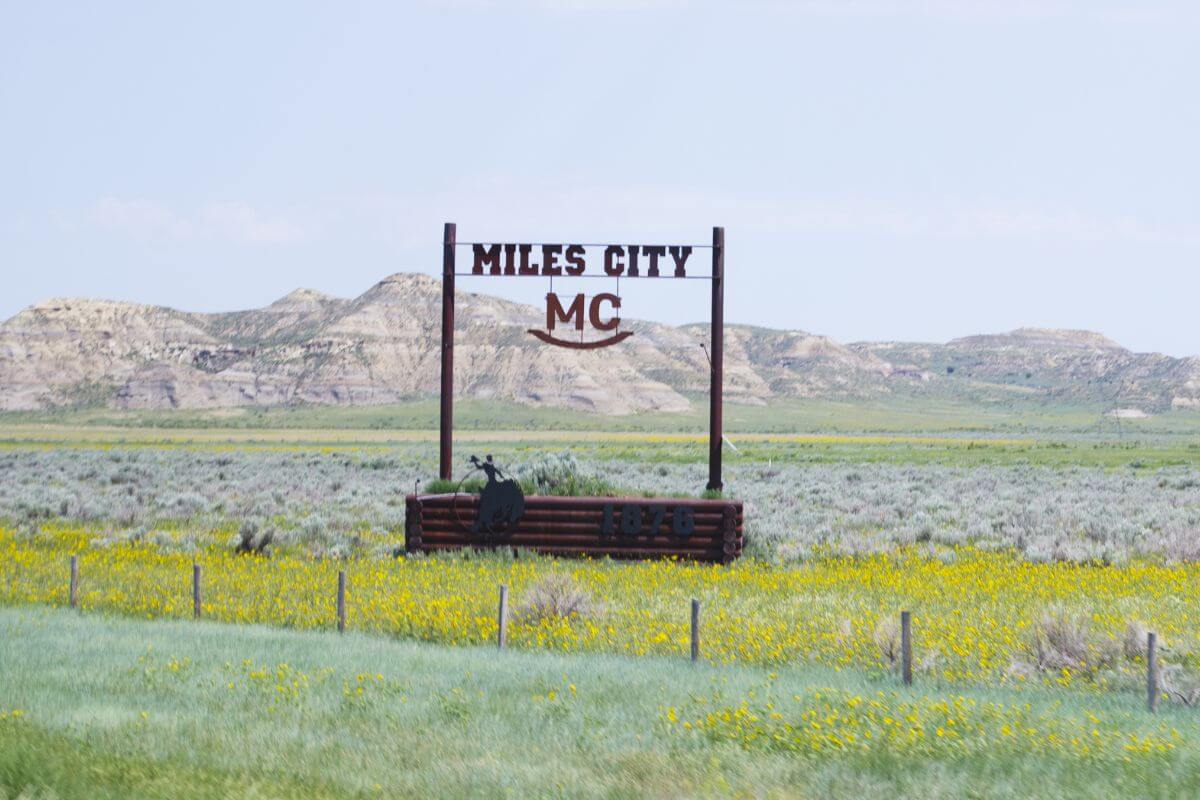
In terms of Montana towns, Miles City stands out as the relative “hotspot” along the Yellowstone River, serving as the esteemed county seat of Custer County in the state’s eastern territory. It has a daily mean temperature of 44.9 °F (7.17 °C).
Known for its location in the eastern part of the state, Miles City boasts a semi-arid climate with minimal precipitation. The city sees an average of 13 inches of rain and 29 inches of snow per year, both below the U.S. average.
The weather in Miles City offers scorching, mainly clear summers and frigid, snowy winters, with significant variations in weather elements all year round. The most enjoyable months in Miles City are June, September, and May, when the temperatures tend to be higher, making it an ideal time to visit.
Places in Montana With the Best Weather Final Thoughts
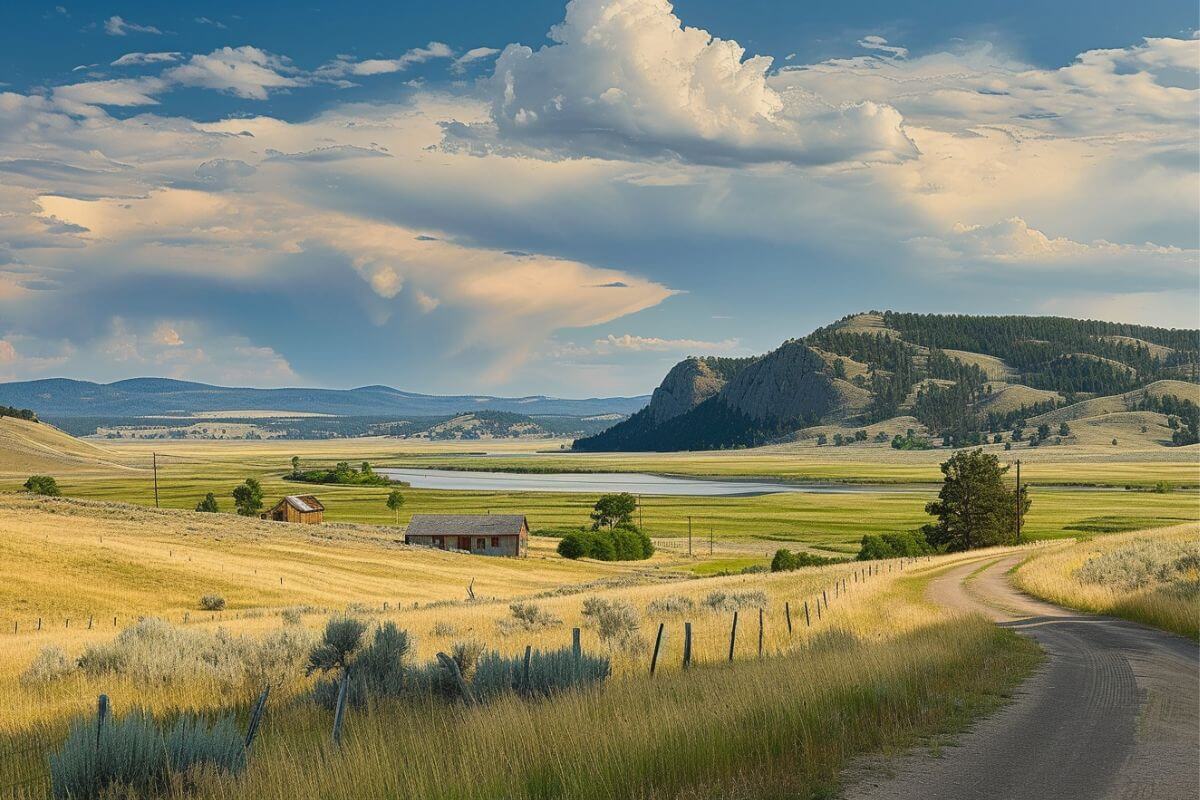
After exploring the warmest cities in Montana, it’s clear that the state boasts a diverse range of climates. Thompson Falls takes the crown as the warmest city, with a daily mean temperature of 48.35 °F (9.08 °C), particularly noticeable in summer.
Billings, the largest city, offers warmer nighttime temperatures, making it a top choice for those seeking favorable weather conditions. Hardin, Laurel, and Big Timber each have distinct features, showcasing cold semi-arid climates, slightly lower winter temperatures, and mild winters, respectively.
Forsyth experiences colder winters than Billings, making it the third warmest city. Fort Benton stands out for its cold winter nighttime temperatures, adding a chill to the spectrum. Libby’s moderated climate with warmer springs makes it an attractive option for residents.
Roundup provides a semi-arid climate with warm days and cool nights, while Polson by Flathead Lake offers a unique blend of milder winters and cooler summers.
This comprehensive overview unveils the nuanced climate profiles of Montana’s warmest cities, offering valuable insights for those considering various factors in their choice of residence.
Places in Montana With the Best Weather FAQs
1. What Is the Coldest City in Montana?
Butte is often regarded as one of the coldest due to its location in a mountainous region, resulting in cold winter temperatures. Bozeman is another city known for its cold winters, given its elevation and proximity to mountain ranges.
2. Where Is the Banana Belt in Montana?
The term “Banana Belt” in Montana typically refers to areas with milder and more temperate climates compared to the surrounding regions. In Montana, one notable Banana Belt region is in the Bitterroot Valley.
The Bitterroot Valley, located in southwestern Montana, benefits from the moderating influence of the Bitterroot Mountain Range, which shields the area from extreme weather conditions.
3. Is Montana a Peaceful Place to Live?
Montana is often considered a peaceful and tranquil place to live by many residents and visitors. Its vast landscapes, including mountains, forests, and open spaces, contribute to a serene environment.
The state is known for its low population density, which allows for a sense of solitude and connection with nature. Montana residents often appreciate the slower pace of life, the strong sense of community, and the outdoor recreational opportunities the state offers.
4. What Part of Montana Has the Warmest Winters?
The southwestern part of Montana, particularly the Bitterroot Valley, is known for having relatively warmer winters compared to other regions in the state.
The Bitterroot Valley experiences a milder climate due to its lower elevation and the shielding effect of the surrounding mountains. Cities like Hamilton in the Bitterroot Valley often enjoy more temperate winter temperatures, attracting residents seeking a somewhat warmer winter experience in Montana.
Found this article fascinating? Find more Montana insights in our article library:
- https://prism.oregonstate.edu/explorer/
- https://www.weather.gov/byz/montana_statewide_information
- https://www.flickr.com/photos/huddleston/36850419484
- https://commons.wikimedia.org/wiki/File:Billings_MT_skyline.jpg
- https://www.flickr.com/photos/auvet/6126582381
- https://www.flickr.com/photos/josephreaddy/4754413515
- https://www.flickr.com/photos/auvet/14654658374
- https://commons.wikimedia.org/wiki/File:Sign_-Miles_City_Montana-_2013-07-03.jpg

